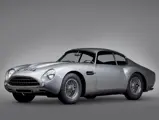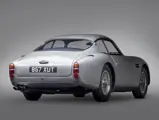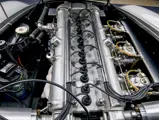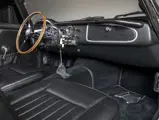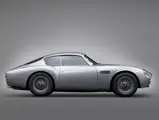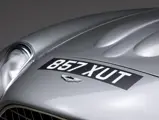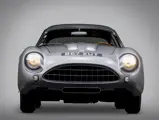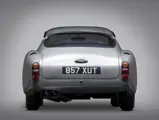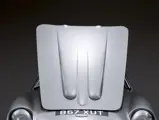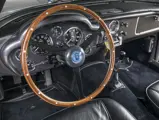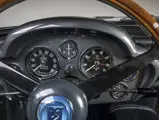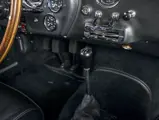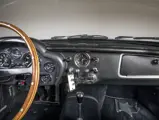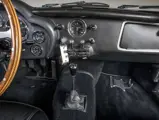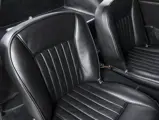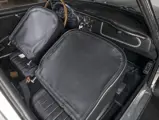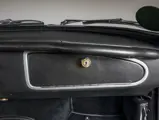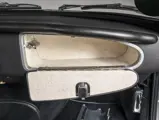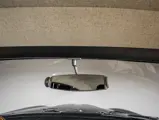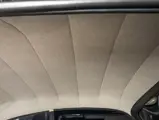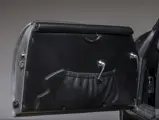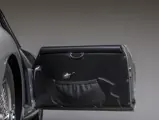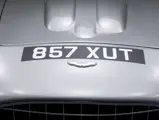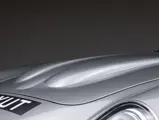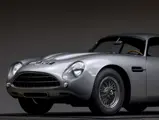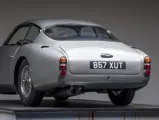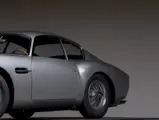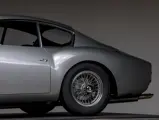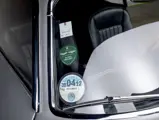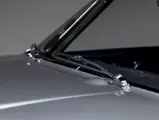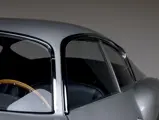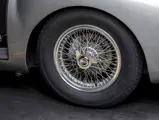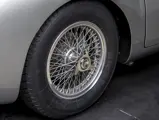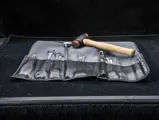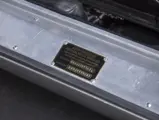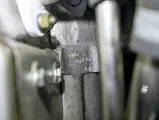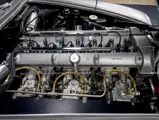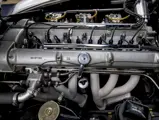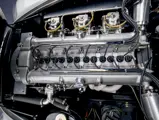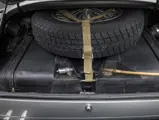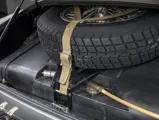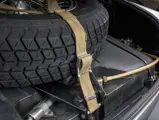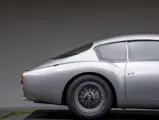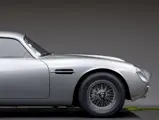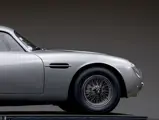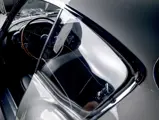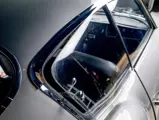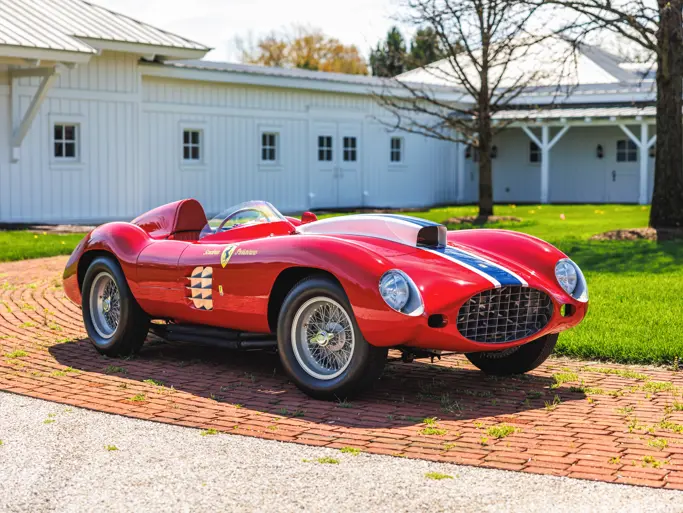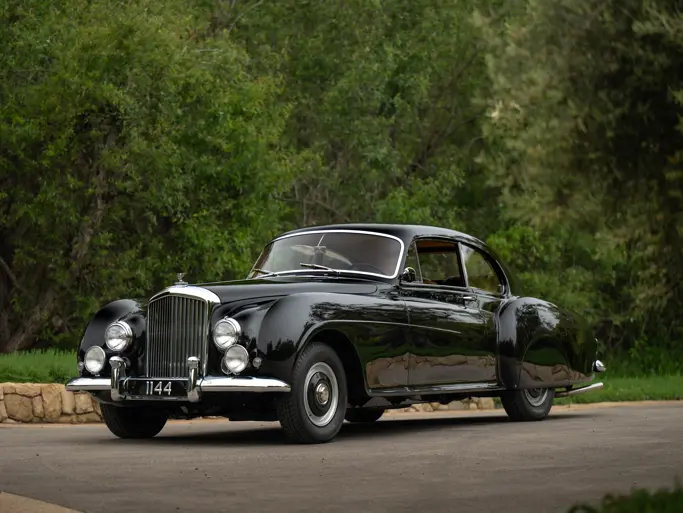Monterey 2021
1962 Aston Martin DB4GT Zagato
The Paul Andrews Estate Collection
{{lr.item.text}}
$9,520,000 USD | Sold
 | Monterey, California
| Monterey, California
{{internetCurrentBid}}
{{internetTimeLeft}}

- One of 19 DB4GT Zagatos built and six left-hand-drive examples
- Numerous unique features specified by original owner Commander James Murray
- Equipped with the original engine
- Extremely well-sorted in the Andrews tradition
- The ultimate vintage Aston Martin, period.
ASTON’S GTO
The Cobra-Corvette wars of the 1960s are legend, but no less heated was the battle early in the decade between Aston Martin and Ferrari for the World Sports Car Championship. Every season brought about a new, race-ready vehicle intended to ensure each company’s victory, and the teams continuously jockeyed for top honors. Each time one of the manufacturers achieved greatness, the other would, quite literally, race to meet it.
When Aston Martin won the 24 Hours of Le Mans in 1959 in a decisive 1-2 victory, Ferrari updated the aging 250 GT “Tour de France” to the new SWB Berlinetta. Aston responded with the DB4GT, a competition version of their latest grand touring saloon, featuring a wheelbase shortened to 93 inches, lightweight alloy bodywork, and a specially tuned high-compression engine crowned with three large Weber carburetors. The DB4GT proved very competitive with the 250 GT SWB Berlinetta, even more so in the extraordinarily rare Lightweight configuration that literally matched the SWB in power and weight. Yet, such was the ferocity of the skirmish between Aston and Ferrari that simply matching the competitor was not enough.
Aston Martin turned to Carrozzeria Zagato to build what would be, for all intents and purposes, not only the ultimate DB4GT but the ultimate expression of what could be created on its platform—a DB to end all DBs. Zagato, in typical form, delivered with what is now considered to be their finest masterpiece, deftly combining design cues from both Aston Martins and earlier Zagato designs into a single harmonious shape. The car featured a slightly elongated nose and more pronounced grille, for a more aggressive look, while at the rear the taillights were blended into the fenders and the C-pillar reduced with a larger backlight, for an airier greenhouse. The beauty was not merely skin-deep, as Aston Martin worked to squeeze an additional twelve horsepower from the twin-cam six, and reduced nearly 50 kilograms of weight by using the same drilled chassis and aluminum floor panels found on the DB4GT Lightweights.
If the 250 GTO represented the final statement from Ferrari in beauty and performance for its time, the DB4GT Zagato stood for the same from its arch rival. It is the definitive road-and-track Aston Martin of the company’s golden era, and thus acquisition of one of the 19 DB4GT Zagatos is the ultimate achievement for an Aston Martin enthusiast. As a result, DB4GT/0190/L represents the crown jewel of Paul Andrews’ distinguished collection.
CHASSIS NUMBER DB4GT/0190/L
Commander James Murray, believed to have been a U.S. Navy attaché, was typical of the fastidious original buyers who specified DB4GT Zagatos. According to a report on file from noted Aston Martin authority Stephen Archer, Commander Murray ordered his car through Garage Mirabeau of Paris with numerous unique features that all indicated a great level of thought put into his new automobile. The Shell Grey body was specified to be of a slightly heavier gauge of aluminum than standard, so as to be more robust, and was outfitted with glass door windows; a unique, wide-pattern “egg crate” grille, designed by Commander Murray himself; and taillight “stacks” similar to those of late DB4s. Special brake covers were fitted, to prevent brake dust from contaminating the shiny finish of the Borrani wheels, and a locking glove box lid was ordered.
Originally the car was also outfitted with DB4GT seats, dual circuit brakes of the type used on Lancias, and special Italian-sourced gauges, none of which were preserved by subsequent owners, although the standard DB4GT-like finish of the dashboard is believed to be correct as specified by Commander Murray. This was the only one of the 19 Zagatos to be fitted with chromed brass window frames, rather than the aluminum frames seen on other cars, and was also unusually mounted with glass windows in the doors; the quarter-windows are Perspex as usually seen on this model. Chromed brass door pulls were also perhaps specified by Commander Murray, as they are present today and in keeping with the overall theme of the interior and trim.
The penultimate Zagato produced, the car was recorded as completed on 26 June 1962 and delivered to the Commander a week later—but it had already been “complete” since May, when it was “tested” by Aston Martin team driver Roy Salvadori at the BRSCC race at Brands Hatch, finishing 1st in Class and 2nd Overall behind—what else—a 250 GTO, driven by Innes Ireland.
Around 1964, DB4GT/0190/L passed from Murray to Ude Hansen of Malmo, Sweden, possibly through Garage Mirabeau’s auspices. Its next owner, Lars Wendal, a Swedish Aston Martin dealer, entered the car in local club racing events, but it was otherwise rarely seen into the early 1970s, and its history in this period remains somewhat unknown.
In 1972 the car reappeared and was acquired by Tom Leake, replacing a DB4GT Zagato recently sold out of his hands. Mr. Leake commissioned Robin Hamilton to rebuild the car’s engine and fit dual Scintilla magnetos, which remain in place today. He subsequently raced the car for four years; it is definitively known that a ZF five-speed gearbox was installed during his ownership, and it is believed that he mounted Zagato-style seats as well.
In 1976 the car was sold to Julian Cottrell, a London-based photographer, who reinstalled a correct David Brown four-speed transmission. Cottrell raced the car in Aston Martin Owners Club and other events in England for several years, supported by the mechanical talents of Hamilton and Ian Moss. During this time the car was refinished in Aston Racing Green and a battery cut-off switch inserted on the body behind the rear quarter windows, modifications reversed by the next owner, Richard Forshaw of Aston Martin Dorset. In its Forshaw ownership the car was completely restored between 1995 and 1997, with mechanical work by the Dorset specialists, chassis and bodywork by Alan Pointer, and paint by John Windsor’s GTC, and the body returned to its original color. It is believed that as part of this work the original engine, still present today, was internally uprated to between 3.7 and 4.2 liters displacement; it retained, and still does today, the Scintilla magnetos from the Leake ownership.
After Mr. Forshaw’s passing, the car was sold in 1998 to Les Edgar. It subsequently moved to the United States in 2002, and was part of Chris Cox’s noteworthy collection for several years. Later it passed in 2016 to the noted competition car collector, Peter Goodwin, from whom it was purchased for the Andrews collection.
A highly detailed 2015 inspection report from Stephen Archer, included in the file, notes that aside from a small panel in the offside rear quarter, where the cut-out switch was once located, there is no evidence of any new metal in the body; the hood and rear deck lids have their original steel frames and aluminum paneling showing Zagato’s hammer marks. Indeed, the overall restoration is extremely sympathetic, with metal and panel fits that are “Zagato-correct,” a fuel tank in the correct matte black finish, and all lights throughout of the correct type; the horn, indicators, and much of the dashboard hardware are also proper.
In the Andrews ownership the car has been uprated, with new 16-inch painted wire wheels and tires, and considerable time spent dialing it in to run and drive at its very best, in the fashion typical for this collection. The Archer report indicates that at some point the front anti-roll bar was uprated in diameter, to improve handling, and additional dampers fitted within the rear coil springs—a well-executed modification for a DB4GT Zagato that was set up to be used and enjoyed. The Andrews collection has changed the interior back to the original DB4GT-style seats, upholstered in correct leather acquired from England at considerable cost. A full tool kit accompanies the car, along with a rally kit, the original 15-inch chrome wire wheels, the Zagato-style seats, invoices from the Andrews ownership, and the aforementioned Archer report.
The offering of chassis number DB4GT/0190/L today marks the opportunity for a new owner to do as Paul Andrews did: acquire the pinnacle of its marque, a car for whom no excuses need be made, that represents the most significant dual-purpose Aston Martin of its generation and, simply, one of the greatest performance automobiles ever made.

